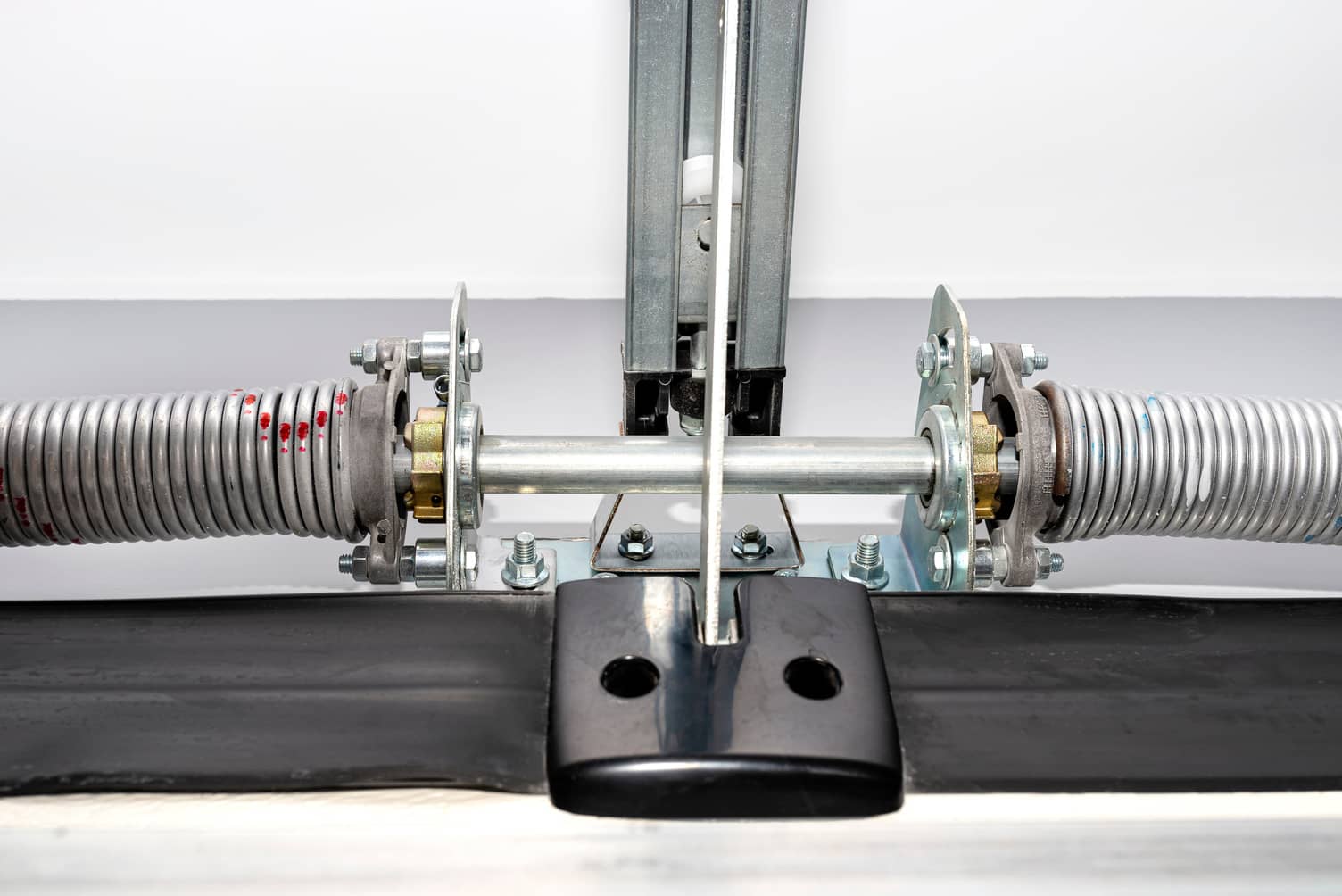

Articles
How Long Does A Garage Door Spring Last
Modified: January 19, 2024
Discover the lifespan of garage door springs and how long they typically last in our informative articles. Get expert advice and tips for maintenance and replacement.
(Many of the links in this article redirect to a specific reviewed product. Your purchase of these products through affiliate links helps to generate commission for Storables.com, at no extra cost. Learn more)
Introduction
Garage doors are an essential aspect of any home, providing security and convenience. Behind the smooth operation of these doors are garage door springs, which play a crucial role in balancing the weight and ensuring the smooth opening and closing of the door. However, like any mechanical component, garage door springs have a limited lifespan and may eventually wear out or break. Understanding how long garage door springs last is important for homeowners to anticipate when maintenance or replacement might be necessary.
In this article, we will delve into the world of garage door springs, exploring the different types available and their functions. We will also examine the various factors that can affect the lifespan of garage door springs, as well as provide useful tips on how to extend their longevity. By the end of this article, you will have a comprehensive understanding of the lifespan of garage door springs and how to effectively maintain them.
Key Takeaways:
- Regular maintenance, lubrication, and professional inspections can extend the lifespan of garage door springs, ensuring smooth and safe door operation for years to come.
- Factors like frequency of use, weight of the door, and environmental conditions impact the lifespan of garage door springs, requiring homeowners to be proactive in identifying signs of wear and addressing them promptly.
Read more: How Long Does A Garage Door Opener Last
Understanding Garage Door Springs
Garage door springs are the mechanisms responsible for lifting and lowering the heavy garage door. They are tightly wound and placed on either side of the door, typically mounted above the door opening. Garage doors incorporate two main types of springs: torsion springs and extension springs.
Torsion Springs
Torsion springs are the most common type of garage door springs. They are installed horizontally above the garage door and are attached to a metal shaft. When the door is closed, torsion springs store mechanical energy by being twisted tightly. As the door is opened, the stored energy is released, assisting in the lifting process. Torsion springs provide smooth operation and are known for their durability.
Extension Springs
Extension springs are usually mounted vertically on both sides of the garage door. These springs expand and contract to facilitate the opening and closing of the door. When the door closes, the extension springs stretch and store potential energy. Upon opening the door, that energy is released, making it easier to lift. Extension springs are commonly used in lighter garage doors and are typically less expensive than torsion springs.
Factors Affecting the Lifespan of Garage Door Springs
The lifespan of garage door springs can vary depending on multiple factors. Understanding these factors will help homeowners know when it is time to maintain or replace the springs. Here are some vital factors that can affect the lifespan of garage door springs:
Read more: How Does A Garage Door Spring Work
1. Frequency of Use
The more frequently a garage door is opened and closed, the more strain it puts on the springs. Garage doors that are used multiple times a day may experience faster wear and tear compared to doors that are used less frequently.
2. Weight of the Garage Door
The weight of the garage door plays a significant role in determining the lifespan of the springs. Heavier doors put more stress on the springs, causing them to wear out more quickly. Properly sized and balanced springs should be used to ensure optimal performance.
3. Quality and Maintenance
The quality of the springs themselves and the overall maintenance of the garage door system can greatly impact their lifespan. High-quality springs are generally more durable and have a longer lifespan. Regular maintenance, such as lubrication and inspections, can help identify and address any issues before they become major problems.
4. Environmental Conditions
Extreme temperatures or harsh environmental conditions can also affect the lifespan of garage door springs. Frequent exposure to heat, cold, moisture, or corrosive substances can lead to faster deterioration and reduced lifespan.
By taking these factors into account, homeowners can better understand how long their garage door springs are likely to last. Regular inspection and maintenance can help identify any signs of damage or wear, ensuring the springs are replaced or repaired as needed.
Key Takeaways:
- Regular maintenance, lubrication, and professional inspections can extend the lifespan of garage door springs, ensuring smooth and safe door operation for years to come.
- Factors like frequency of use, weight of the door, and environmental conditions impact the lifespan of garage door springs, requiring homeowners to be proactive in identifying signs of wear and addressing them promptly.
Read more: How Long Does A Garage Door Opener Last
Understanding Garage Door Springs
Garage door springs are an essential component of the garage door system, responsible for supporting the weight of the door and ensuring its smooth operation. There are two main types of garage door springs: torsion springs and extension springs. Understanding the different types and the role they play in garage doors is crucial for homeowners.
Types of Garage Door Springs
Torsion Springs: Torsion springs are the more common and widely used type of garage door springs. These springs are typically mounted horizontally above the garage door opening. They are tightly wound and secured to a metal shaft. When the door is closed, the springs are under immense tension, storing potential energy. As the door is opened, the tension is released, assisting in the lifting process. Torsion springs provide controlled and balanced lifting, ensuring smooth and efficient operation of the garage door.
Extension Springs: Extension springs are typically installed vertically on both sides of the garage door. They work by expanding and contracting to facilitate the opening and closing of the door. When the door closes, the extension springs stretch, storing potential energy. As the door is opened, that stored energy is released, aiding in the lifting process. Extension springs are commonly used in residential garage doors and are ideal for lighter doors.
The Role of Springs in Garage Doors
The garage door springs play a crucial role in the overall functioning of the garage door system. Their main functions include:
- Lifting the Door: The primary purpose of the springs is to support the weight of the garage door and assist in its smooth and controlled movement. When you activate the opener or manually open the door, the springs do the heavy lifting by counterbalancing the weight of the door, making it easier to open and close.
- Balance and Alignment: Garage door springs help maintain the balance and alignment of the door. They keep the door level and prevent it from sagging or becoming misaligned. Properly tensioned springs ensure that the door opens and closes evenly on both sides, preventing potential issues with the door’s operation.
- Minimizing Strain on Other Components: By supporting the weight of the garage door, the springs reduce the strain on other essential components, such as the garage door opener and tracks. This helps prolong the lifespan of these components and ensures they work efficiently.
- Smooth Operation: The springs contribute to the smooth and controlled movement of the garage door. By providing the necessary force to lift and lower the door, they prevent jerky or uneven movements, minimizing the risk of damage and ensuring a safe and reliable operation.
Overall, garage door springs are the workhorses of the garage door system, providing the necessary lifting force and maintaining the proper balance and alignment. They enable homeowners to effortlessly open and close their garage doors, enhancing convenience and security.
Factors Affecting the Lifespan of Garage Door Springs
The lifespan of garage door springs can vary depending on various factors. Understanding these factors is crucial for homeowners to anticipate when maintenance or replacement might be necessary. Here are the key factors that can affect the lifespan of garage door springs:
Read more: How To Rewind A Garage Door Spring
Frequency of Use
The frequency with which you open and close your garage door can have a significant impact on the lifespan of the springs. The more frequently you use your garage door, the more wear and tear the springs will experience. If you have a busy household or use your garage for multiple purposes, the springs may wear out faster. Conversely, if your garage door sees less frequent use, the springs may last longer before needing replacement.
Weight of the Garage Door
The weight of the garage door is another critical factor influencing the lifespan of the springs. Garage doors come in various materials, each with different weights. Heavier doors put more strain on the springs, causing them to wear out more quickly. It is essential to ensure that the springs installed in your garage door are properly sized and balanced to handle the weight of the door. If you have a heavy garage door, it may require stronger and more durable springs to withstand the load.
Quality and Maintenance
The quality of the garage door springs themselves and the overall maintenance of the garage door system can significantly impact their lifespan. High-quality springs are typically made of durable materials, designed to withstand the constant tension and stress they endure during garage door operation. Investing in springs from reputable manufacturers and suppliers can increase their longevity. Additionally, regular maintenance is crucial to prolonging the lifespan of garage door springs. Lubricating the springs and other moving parts, ensuring that the door is properly balanced, and promptly addressing any issues can help prevent premature wear and damage.
Environmental Conditions
Environmental conditions can also affect the lifespan of garage door springs. Extreme temperatures, humidity, and exposure to corrosive substances can accelerate wear and deterioration. In regions with harsh climates, where temperatures fluctuate dramatically, the expansion and contraction of the metal springs can lead to fatigue and failure over time. Likewise, exposure to corrosive substances such as salt from coastal areas or chemicals used in close proximity to the garage door can corrode the springs and weaken their structural integrity. Taking steps to protect the springs from extreme conditions or corrosive elements can help extend their lifespan.
By considering these factors, homeowners can gain a better understanding of how long their garage door springs are likely to last. Regular maintenance, appropriate spring selection, and awareness of environmental factors can help ensure that the springs operate smoothly and last as long as possible. However, it is essential to monitor the condition of the springs closely and consult a professional if you notice any signs of wear, damage, or reduced performance.
Read more: How To Tension A Garage Door Spring
Signs of a Damaged or Worn-Out Garage Door Spring
Garage door springs play a critical role in the smooth and efficient operation of your garage door. Over time, these springs can become damaged or worn out due to regular use and natural wear and tear. It is important for homeowners to be aware of the signs that indicate a problem with their garage door springs. Recognizing these signs allows you to address the issue promptly and ensure the safety and functionality of your garage door. Here are the key signs of damaged or worn-out garage door springs:
Visible Damage
One clear indication that your garage door springs may be damaged or worn out is if there is visible damage to the springs themselves. Inspect the springs for any signs of rust, corrosion, or fraying. Damaged springs may appear stretched out, uneven, or have gaps in the coils. If you notice any of these signs, it is an indication that the springs may be compromised and in need of replacement.
Noisy Operation
If your garage door springs are deteriorating, you may notice an increase in noise during the operation of the door. Damaged or worn-out springs can cause excessive squeaking, grinding, or popping sounds as the door opens or closes. This noise is often an indication that the springs are struggling to lift and support the weight of the door. Ignoring these noises can lead to further damage to the springs and potentially the entire garage door system.
Difficulty in Opening or Closing
One of the most telltale signs of a problem with garage door springs is difficulty in opening or closing the door. If you experience resistance or the door feels heavier than usual when trying to operate it manually or with the garage door opener, it may be a sign that the springs are failing. The springs provide the necessary force to lift the heavy garage door, so if they are weakened or broken, it can result in reduced performance and strain on other components of the door system.
It is important to address these signs of damage or wear as soon as you notice them. Continuing to use a garage door with damaged or worn-out springs can lead to further issues such as misalignment, damage to the opener, or even a complete failure of the door. It is recommended to consult a professional garage door technician to assess the condition of the springs and make any necessary repairs or replacements.
Regular inspection and maintenance of your garage door springs can help identify these signs of damage before they become more significant problems. By staying vigilant and addressing any issues promptly, you can ensure the longevity and reliability of your garage door system.
Read more: How To Replace Garage Door Spring
Average Lifespan of Different Types of Garage Door Springs
Garage door springs are an integral component of the garage door system, responsible for supporting the weight of the door and ensuring smooth operation. While the lifespan of garage door springs can vary depending on various factors, it is helpful to have a general understanding of the average lifespan of different types of springs. Let’s take a look at the average lifespan of torsion springs and extension springs:
Torsion Springs
Torsion springs are known for their durability and longer lifespan compared to extension springs. On average, torsion springs can last between 10,000 to 20,000 cycles. A cycle is counted as one full opening and closing of the garage door. The lifespan of torsion springs is often measured in cycles because they gradually lose tension over time with repeated use. The actual duration of torsion springs can vary based on factors such as the quality of the springs, maintenance, frequency of use, and weight of the garage door.
With proper care and maintenance, torsion springs can last approximately 7 to 14 years. Regular lubrication and periodic inspections can help identify any signs of wear or damage, allowing for timely repairs or replacements. It is important to monitor the performance of torsion springs and be proactive in their maintenance to ensure optimal functionality.
Extension Springs
Extension springs have a slightly shorter lifespan compared to torsion springs. On average, extension springs can last between 5,000 to 10,000 cycles. Similar to torsion springs, the lifespan of extension springs is influenced by factors such as quality, maintenance, usage frequency, and the weight of the garage door. Extension springs also undergo wear and tear with each opening and closing cycle.
Typically, extension springs have an average lifespan of 5 to 7 years. Regular maintenance, including lubrication and inspections, can help prolong their lifespan and ensure safer operation. It is important to note that extension springs are generally less expensive than torsion springs and are commonly used in lighter garage doors.
It is crucial to remember that these are just average estimations, and the actual lifespan of garage door springs can vary. The factors mentioned earlier, such as usage frequency, weight of the door, and quality of the springs, can significantly impact the lifespan. Additionally, environmental factors, such as extreme temperatures and moisture, can also affect the longevity of the springs. Regular maintenance, prompt repairs, and periodic replacements are necessary to maintain a safe and functional garage door system.
Consulting with a professional garage door technician can help determine the appropriate lifespan of your specific springs and provide tailored guidance on maintenance and replacement options. By staying proactive and attentive to the condition of the springs, you can ensure the reliable and efficient operation of your garage door.
Extending the Lifespan of Garage Door Springs
Garage door springs are critical components of the garage door system, and their proper functioning is essential for the smooth and safe operation of the door. While the lifespan of garage door springs can vary, there are steps that homeowners can take to extend their longevity. By implementing regular maintenance practices, lubricating the springs, and scheduling professional inspections and repairs, you can maximize the lifespan of your garage door springs.
Read more: How To Wind Garage Door Spring
Regular Maintenance
Regular maintenance is crucial for preserving the lifespan of garage door springs. It is recommended to schedule routine maintenance at least once every six months. During maintenance, you can inspect the springs for any signs of wear or damage. Look for visible signs such as rust, corrosion, or stretched-out coils. Also, check for any loose or damaged hardware that may affect the functioning of the springs. If you notice any issues, it is important to address them promptly to prevent further damage.
Lubrication
Proper lubrication of garage door springs is vital for smooth operation and reducing friction. Lubricate the springs regularly, ideally every three to six months, using a silicone-based lubricant specifically designed for garage doors. Apply a small amount of lubricant to the springs, focusing on the areas where the coils meet. Be cautious not to apply too much lubricant, as excessive lubrication can attract dirt and debris, leading to potential damage. Lubricating the springs helps prevent rust, corrosion, and reduces wear and tear, ultimately extending their lifespan.
Professional Inspection and Repair
Scheduling regular professional inspections and repairs is crucial for maintaining the lifespan of garage door springs. Garage door technicians have the expertise and knowledge to detect and address any issues that may arise. They can perform a thorough inspection of the springs, checking for signs of wear, damage, or improper tension. If any problems are detected, they can provide the necessary repairs or replacements. It is advisable to have your springs professionally inspected at least once a year or if you notice any concerning signs, such as noise or difficulty in operating the door.
Professional repair and maintenance not only enhance the lifespan of the springs but also ensure the overall safety and optimal operation of the garage door system. Attempting to repair or replace garage door springs without proper knowledge and experience can be dangerous and potentially cause further damage. Therefore, it is always recommended to rely on trained professionals for any garage door spring repairs.
In addition to these maintenance practices, it is important to use the garage door system responsibly. Avoid excessive force or unnecessary strain on the springs by not overloading the garage door or operating it roughly. Educate household members about the importance of properly using the garage door and avoiding any misuse that could lead to premature wear of the springs.
By following these practices and being proactive in the maintenance and care of your garage door springs, you can significantly extend their lifespan. Regular inspections, lubrication, and timely repairs or replacements when necessary will help ensure that your garage door operates smoothly and safely for years to come.
Conclusion
Garage door springs are vital components of a garage door system, providing the necessary lifting force and ensuring smooth and safe door operation. Understanding the factors that affect the lifespan of garage door springs and implementing preventive measures can help homeowners maximize their longevity and minimize the need for premature replacements. By regularly maintaining the springs, lubricating them, and scheduling professional inspections and repairs, you can extend their lifespan and maintain a reliable garage door system.
Factors such as frequency of use, weight of the garage door, quality and maintenance, and environmental conditions can impact the lifespan of garage door springs. It is important to be aware of the signs of damaged or worn-out springs, such as visible damage, noisy operation, and difficulty in opening or closing the door. Promptly addressing these signs can prevent further damage and ensure the safety and functionality of your garage door.
Torsion springs and extension springs, the two main types of garage door springs, have different average lifespans. Torsion springs typically last between 10,000 to 20,000 cycles, while extension springs last around 5,000 to 10,000 cycles. However, these average lifespans can be influenced by factors such as quality, maintenance, frequency of use, and weight of the garage door.
To extend the lifespan of garage door springs, regular maintenance is essential. Conducting regular inspections, lubricating the springs every three to six months, and scheduling professional inspections at least once a year are important maintenance practices. Additionally, using the garage door system responsibly and avoiding unnecessary strain on the springs can also contribute to their longevity.
In conclusion, by being proactive in the care and maintenance of your garage door springs, you can ensure their optimal performance and prolong their lifespan. With regular maintenance, lubrication, and professional support when needed, you can enjoy a reliable and safe garage door system for years to come.
Frequently Asked Questions about How Long Does A Garage Door Spring Last
Was this page helpful?
At Storables.com, we guarantee accurate and reliable information. Our content, validated by Expert Board Contributors, is crafted following stringent Editorial Policies. We're committed to providing you with well-researched, expert-backed insights for all your informational needs.
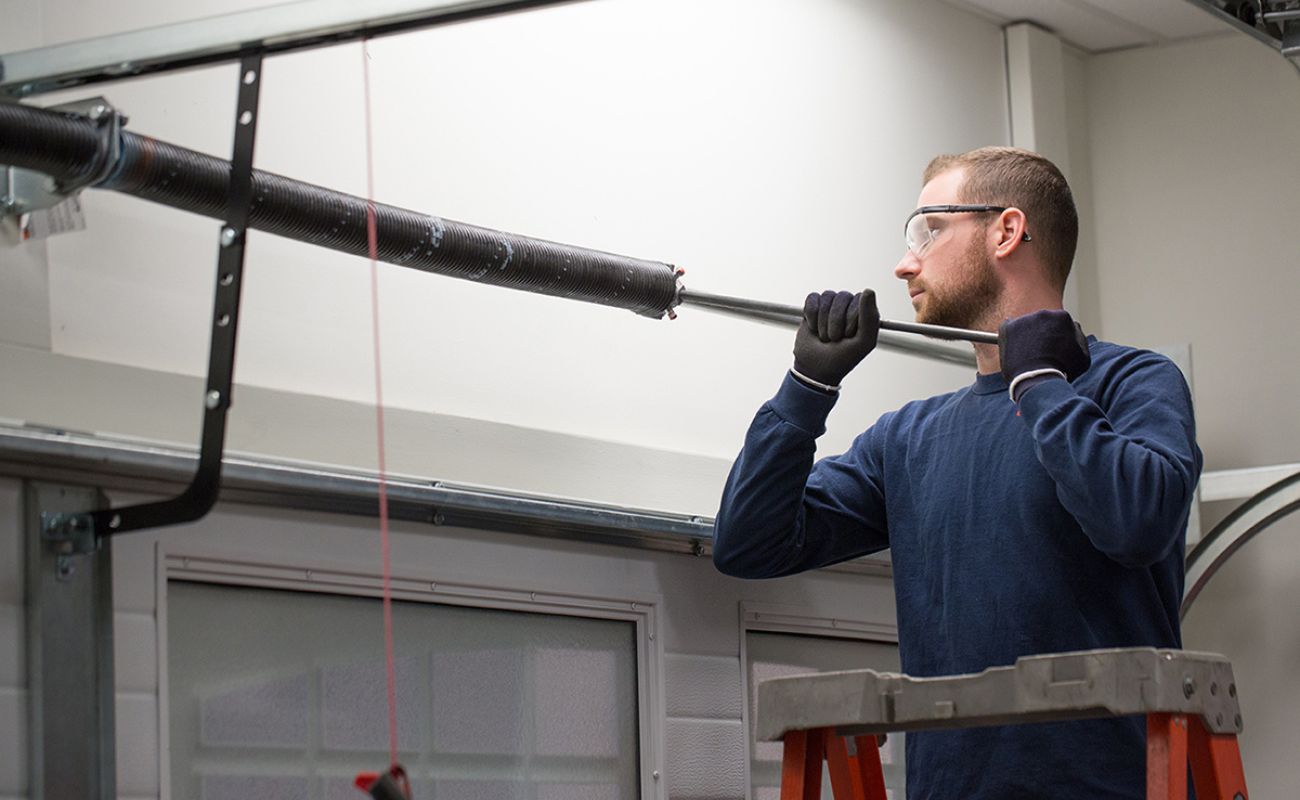
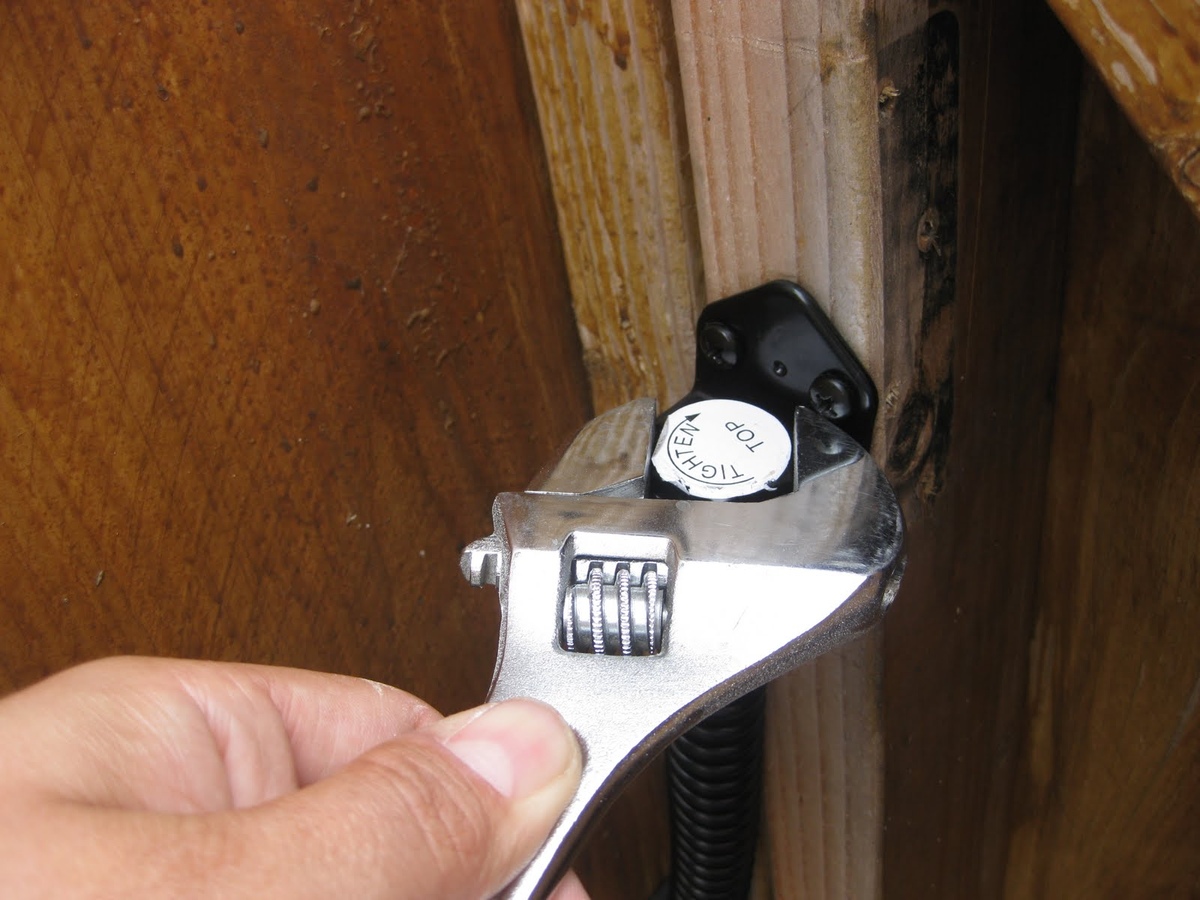
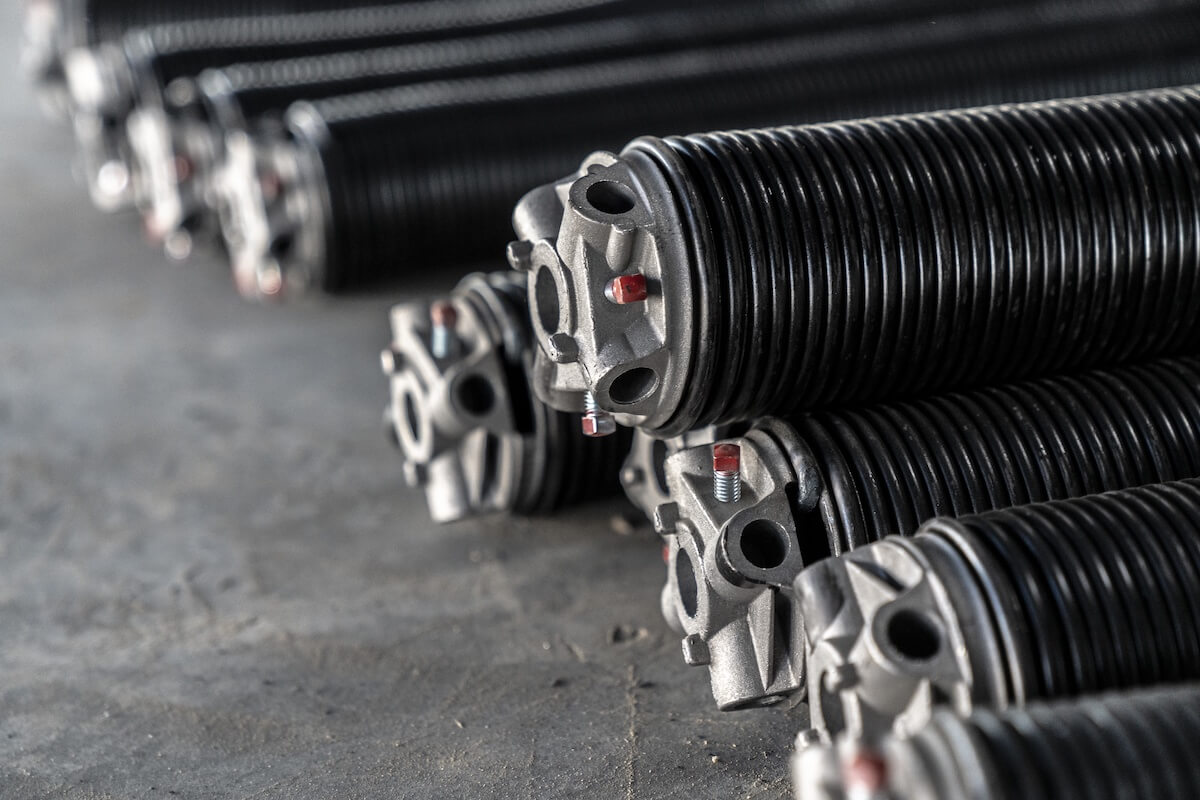
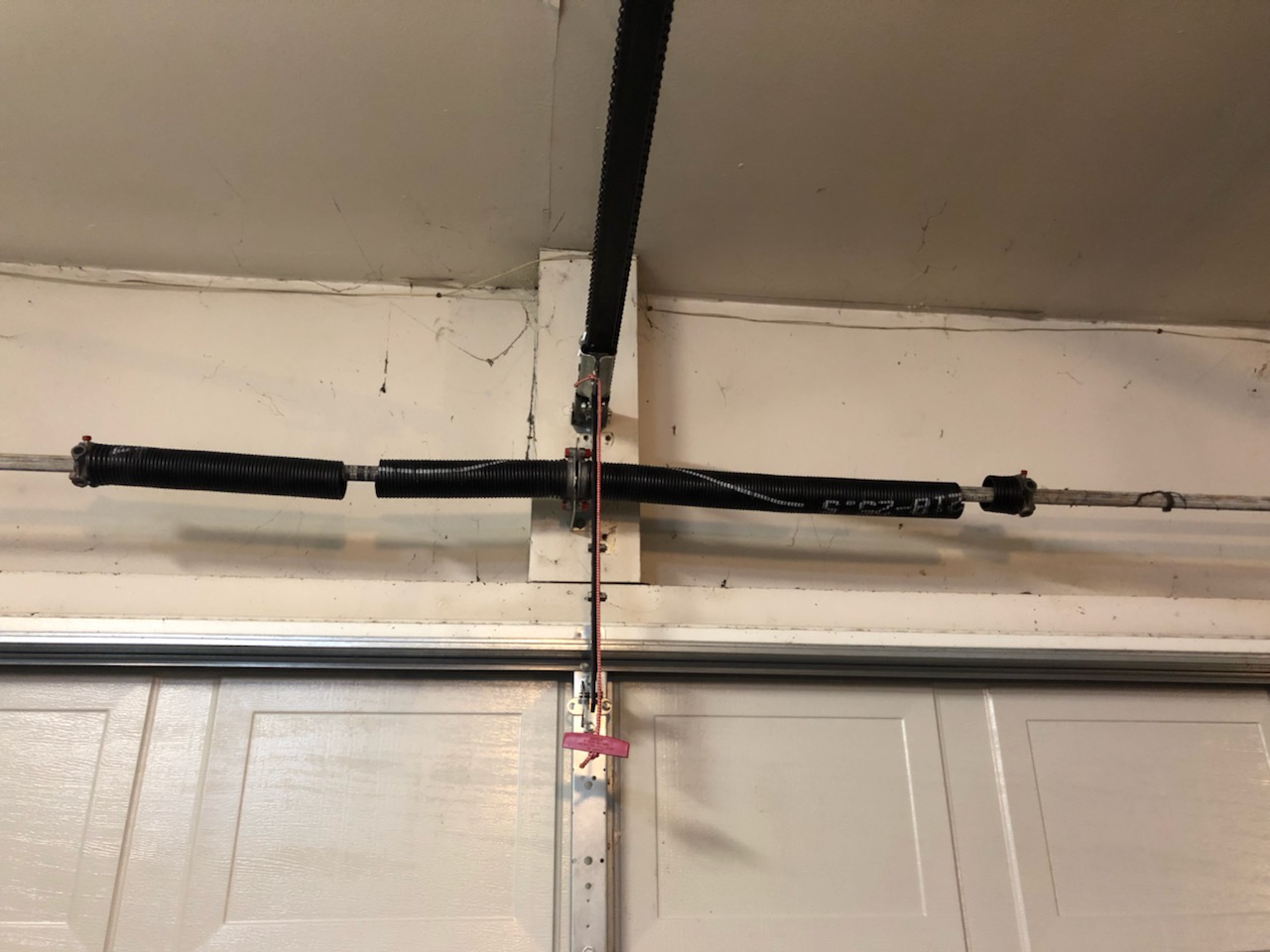
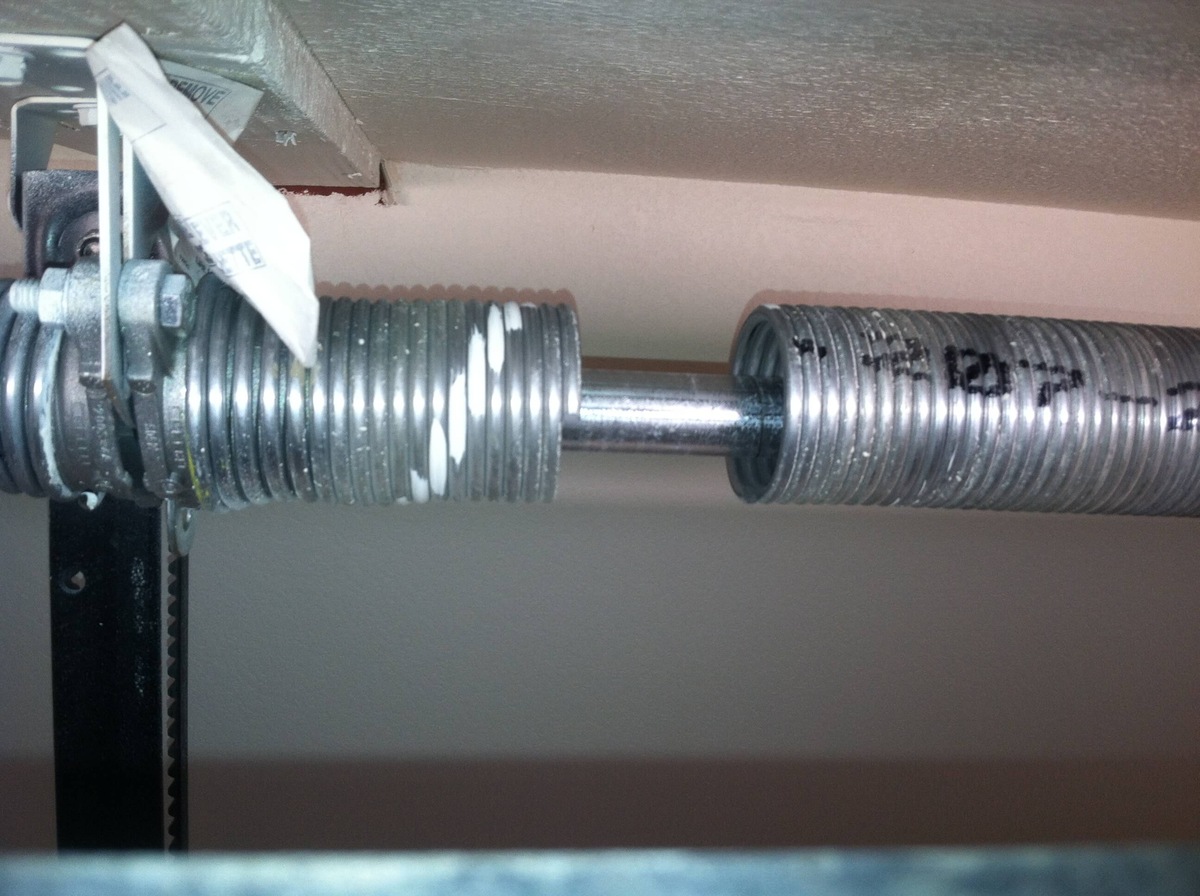
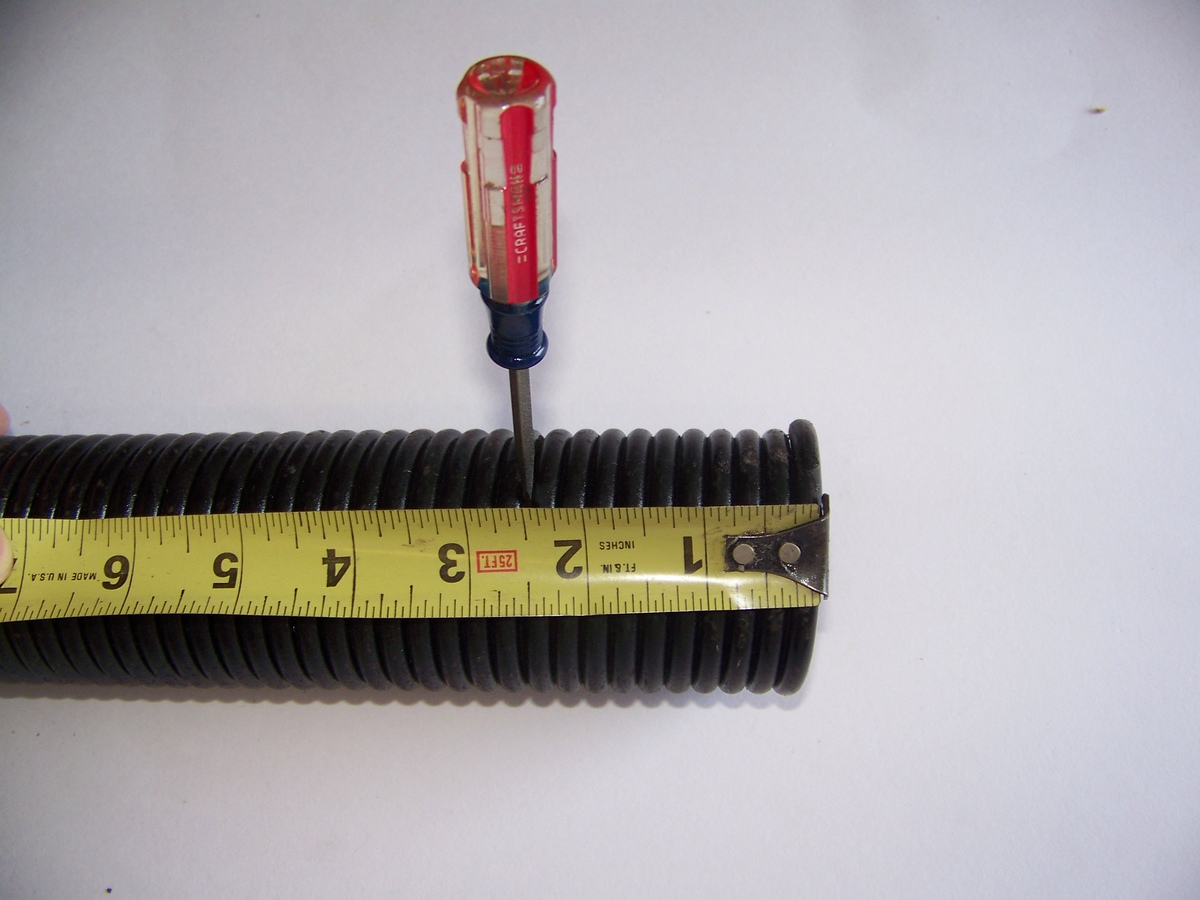
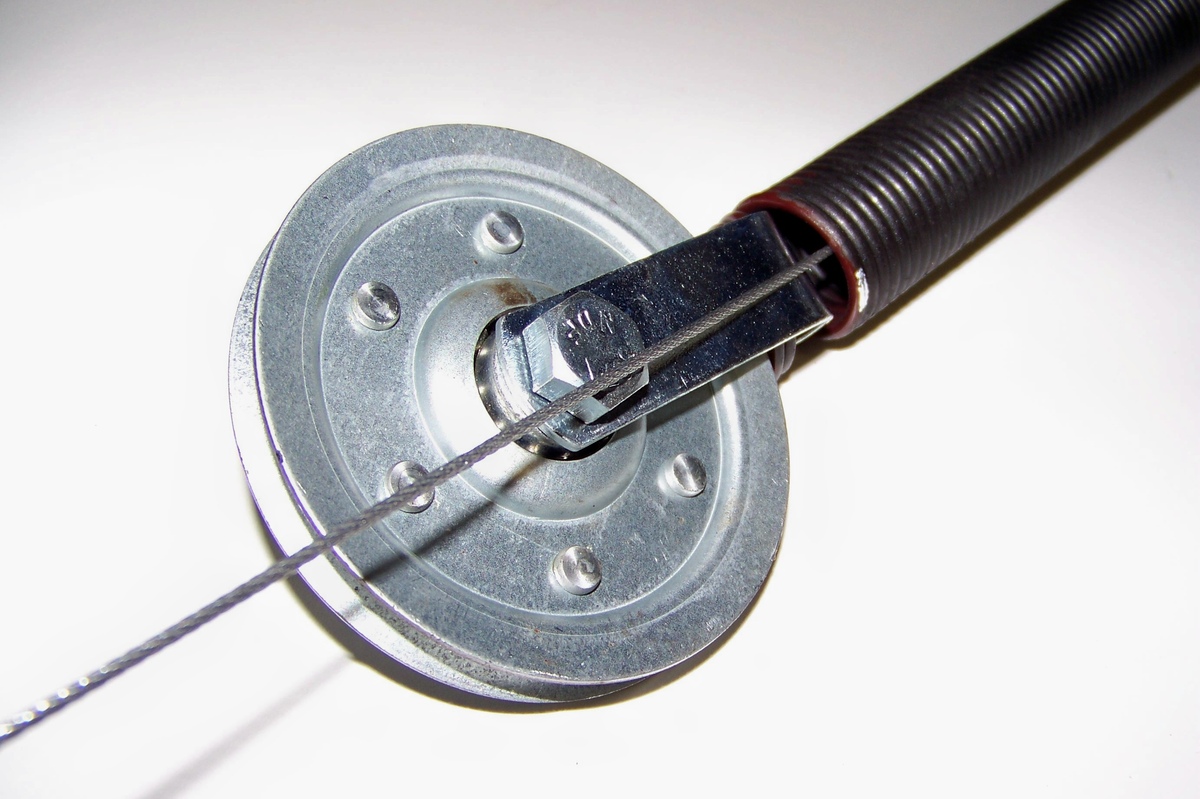
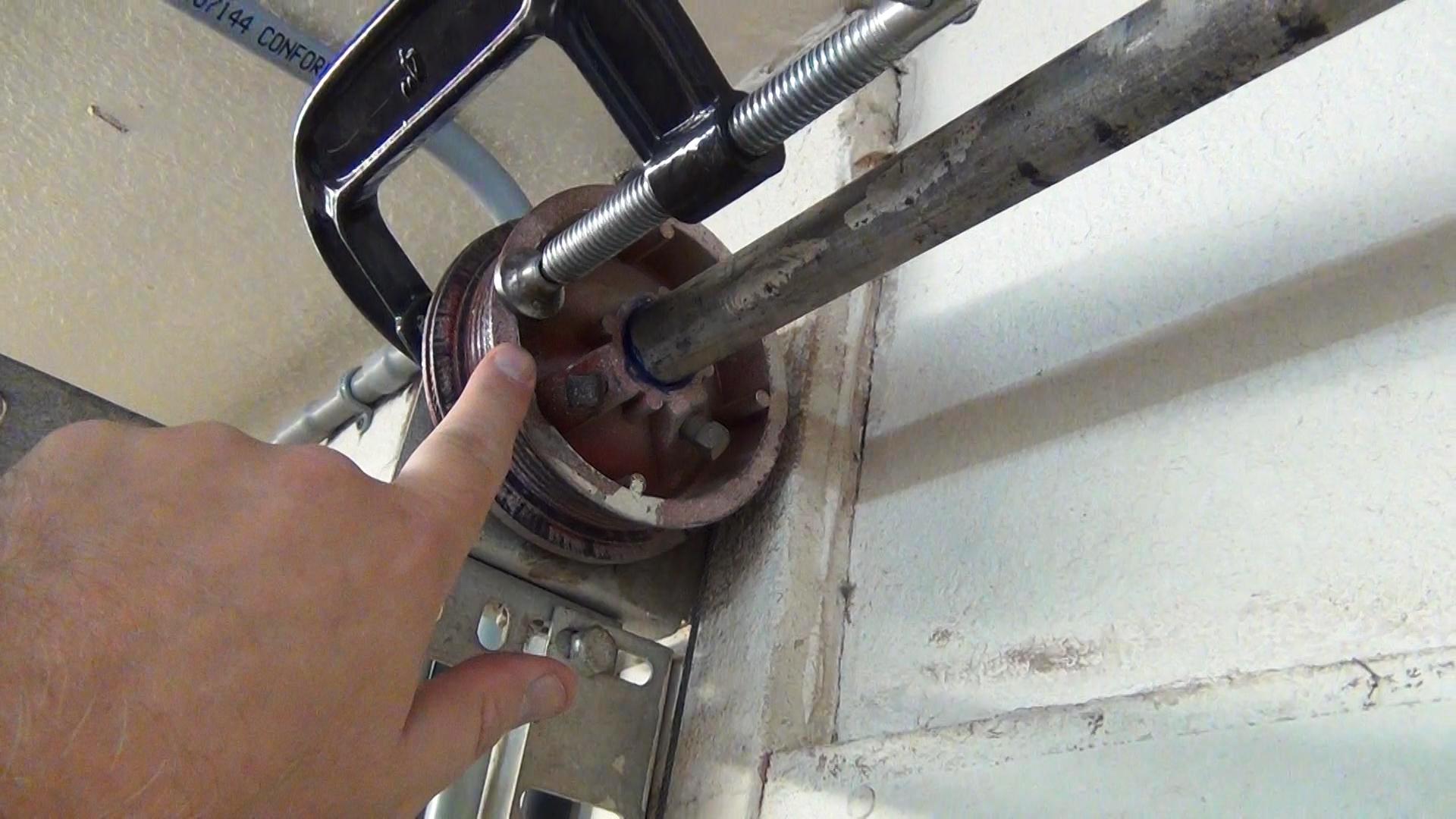
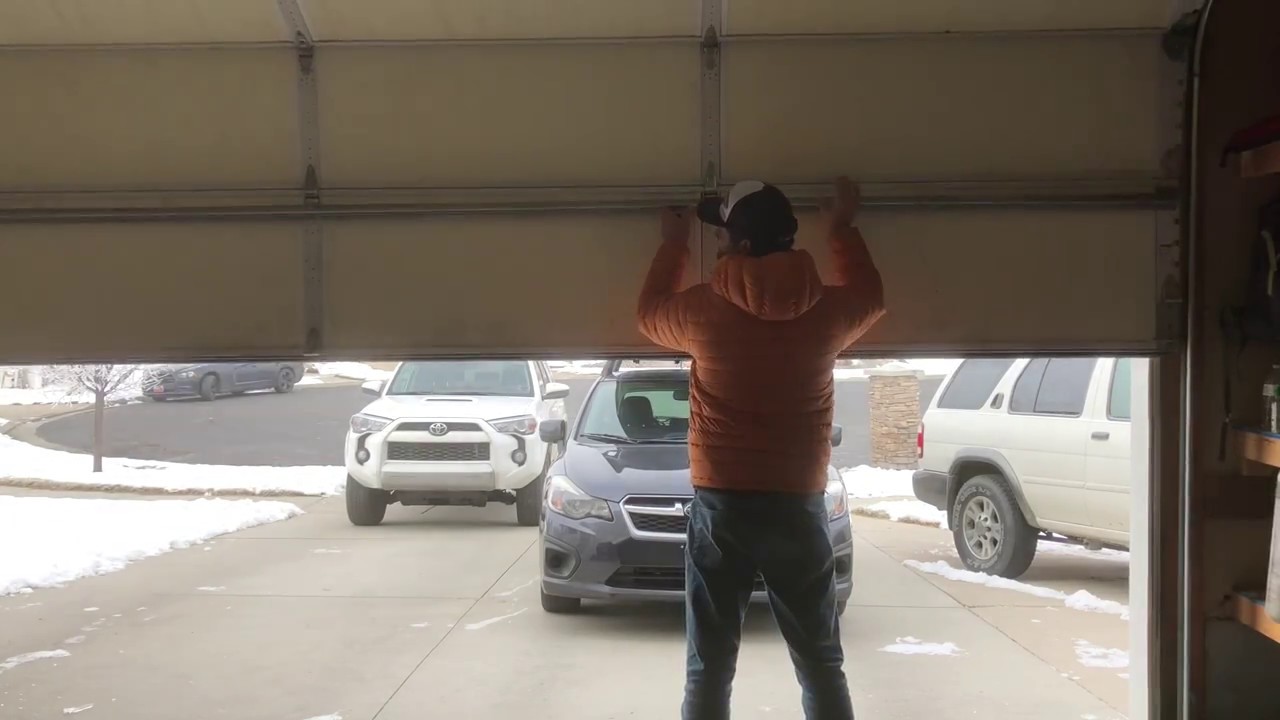

0 thoughts on “How Long Does A Garage Door Spring Last”